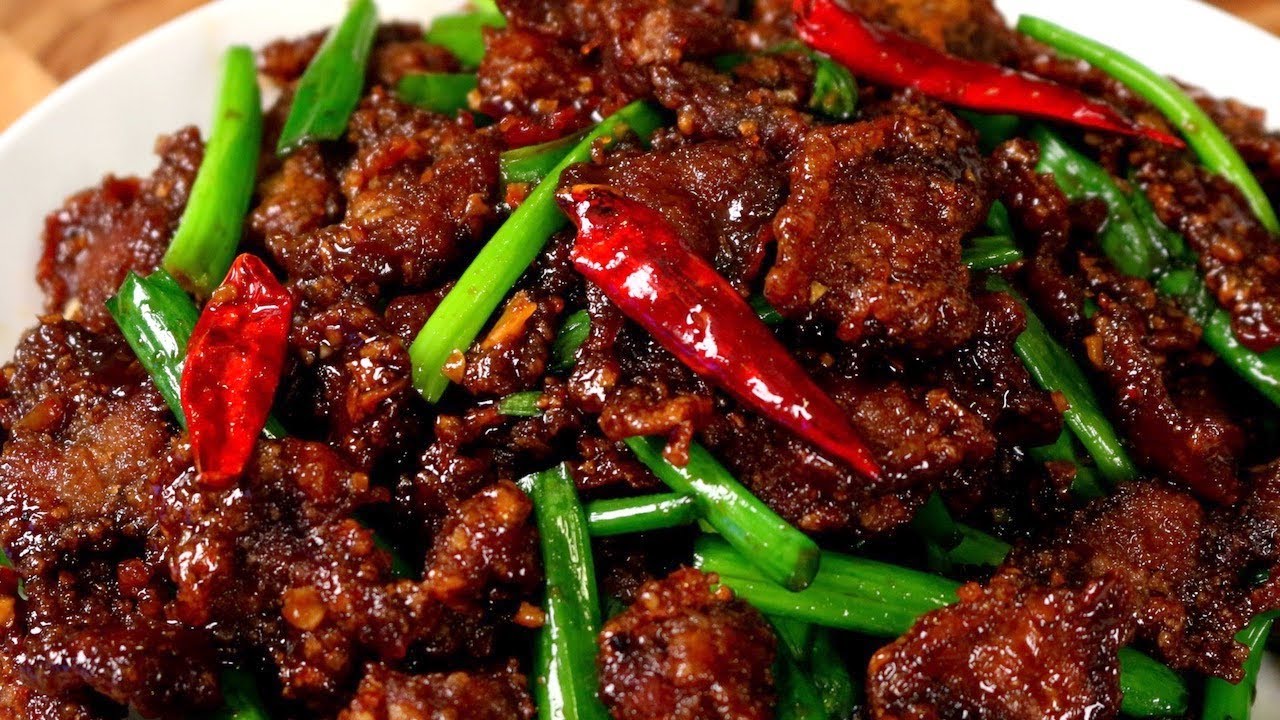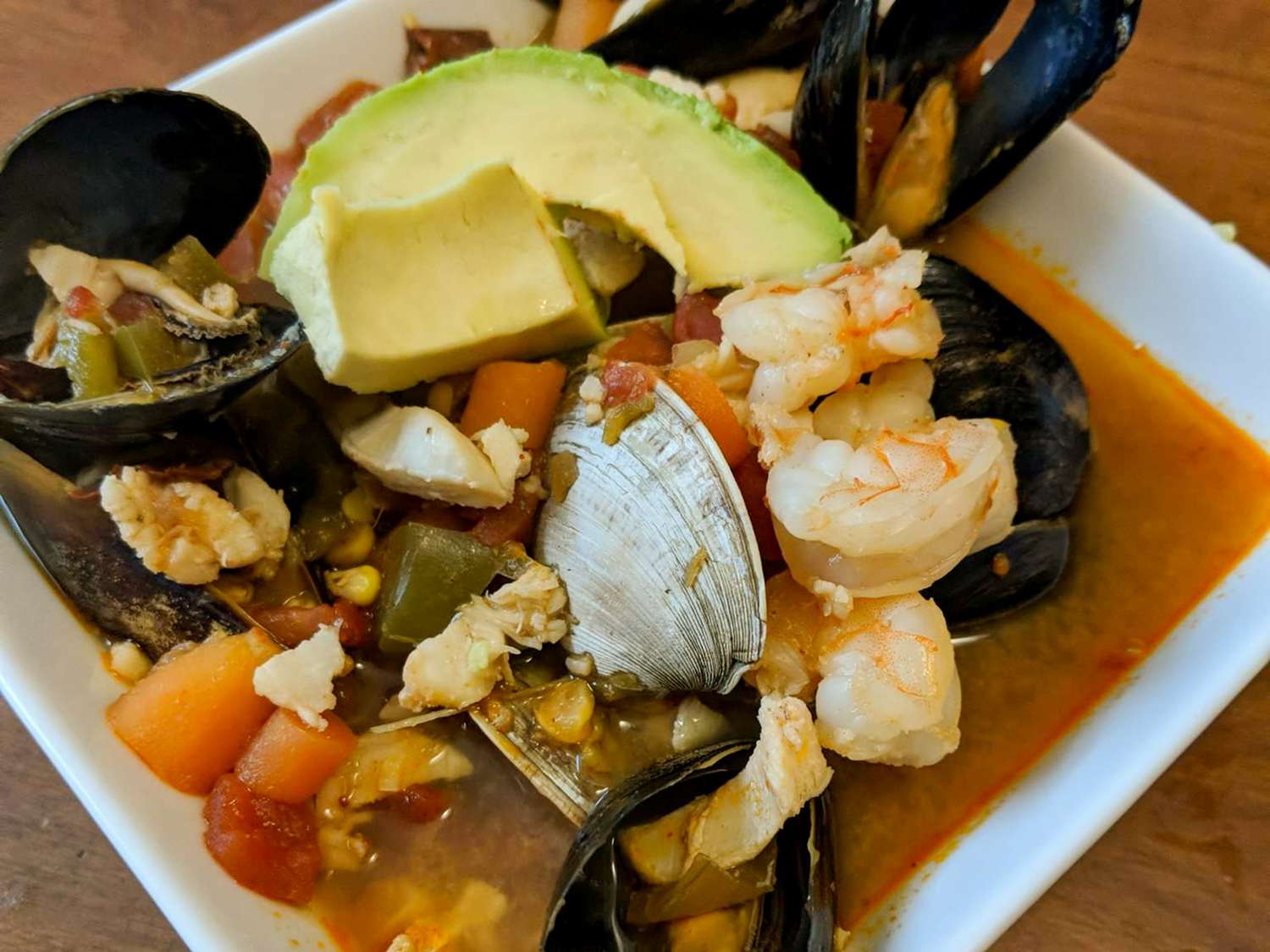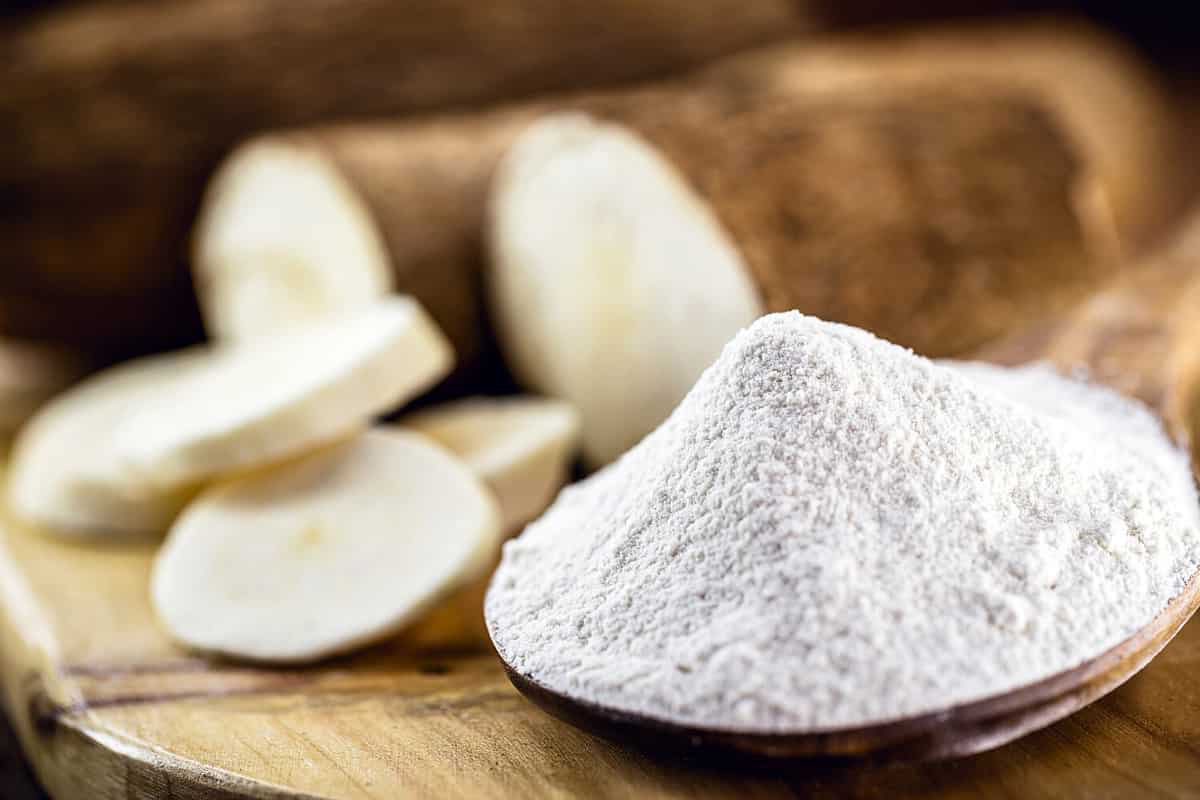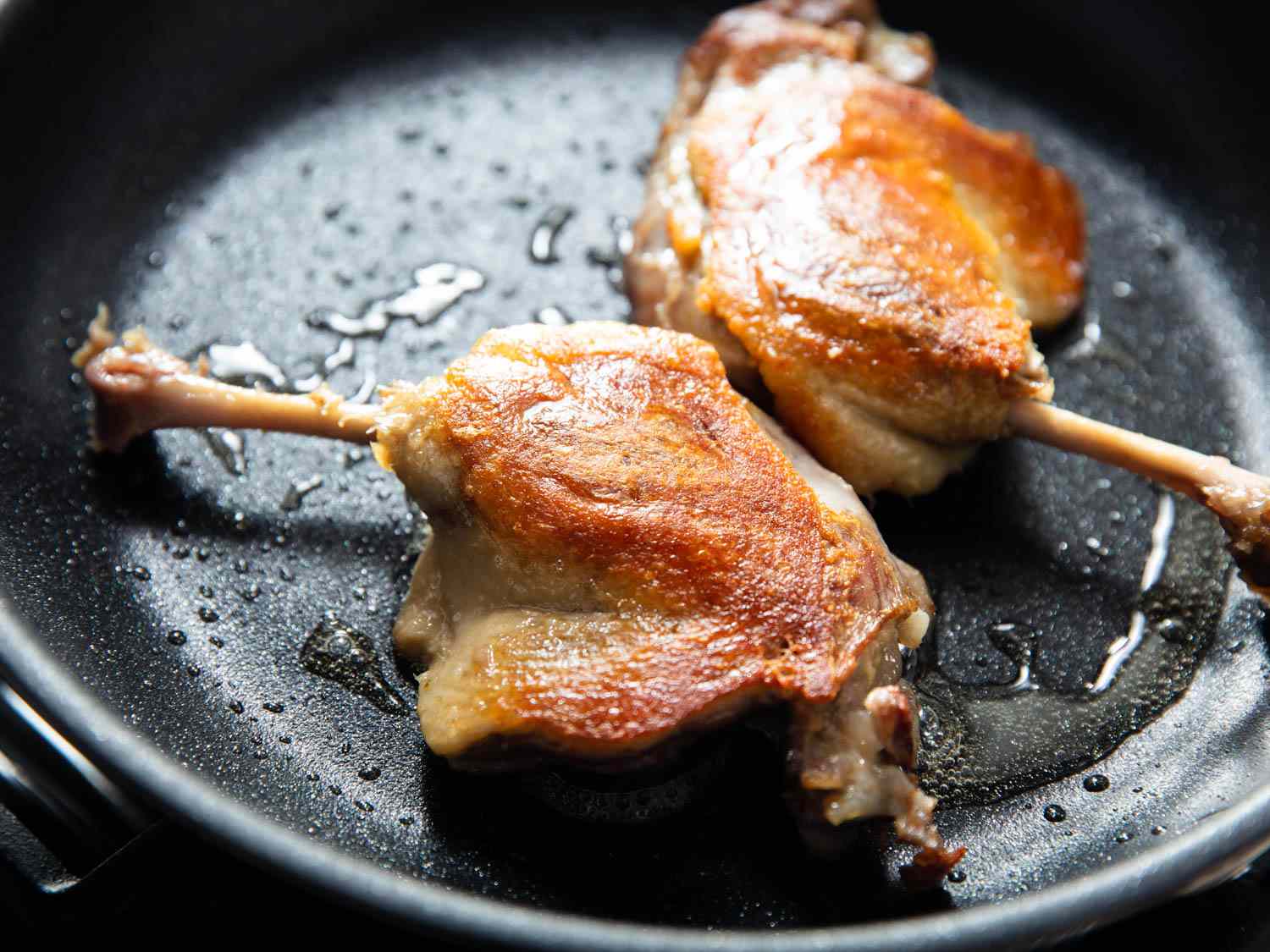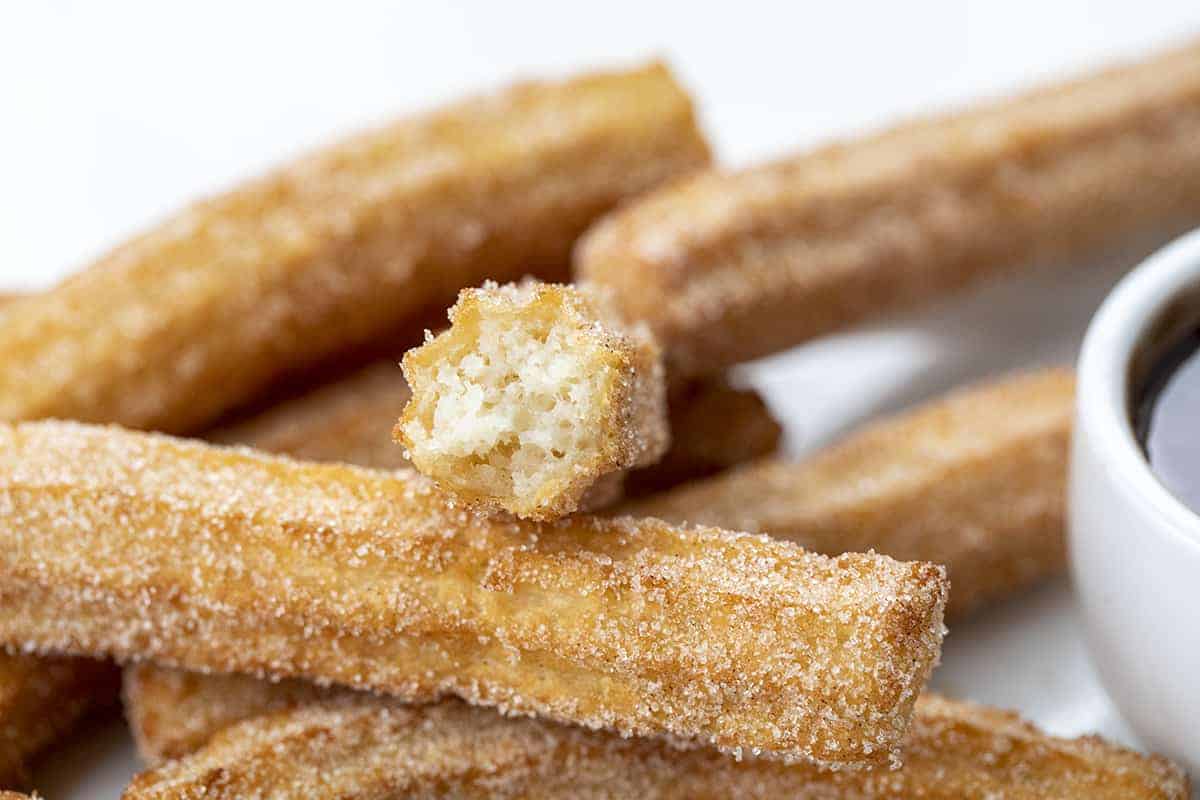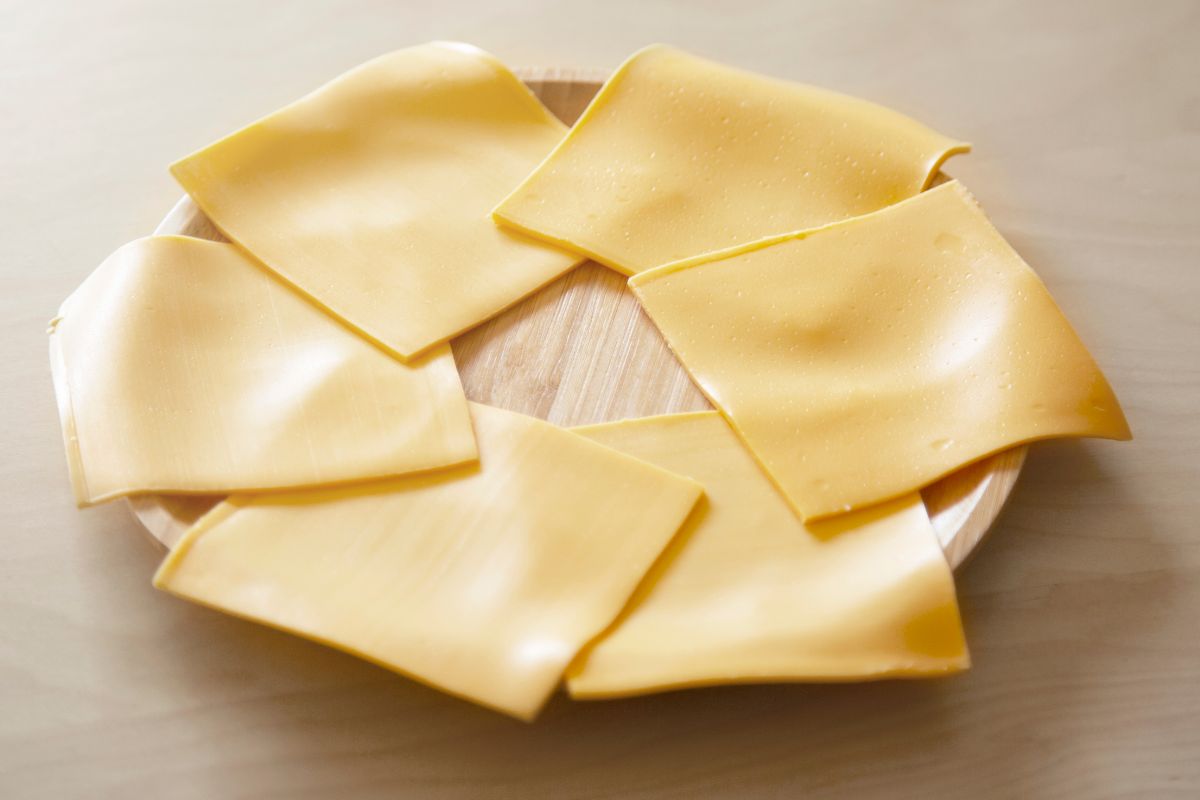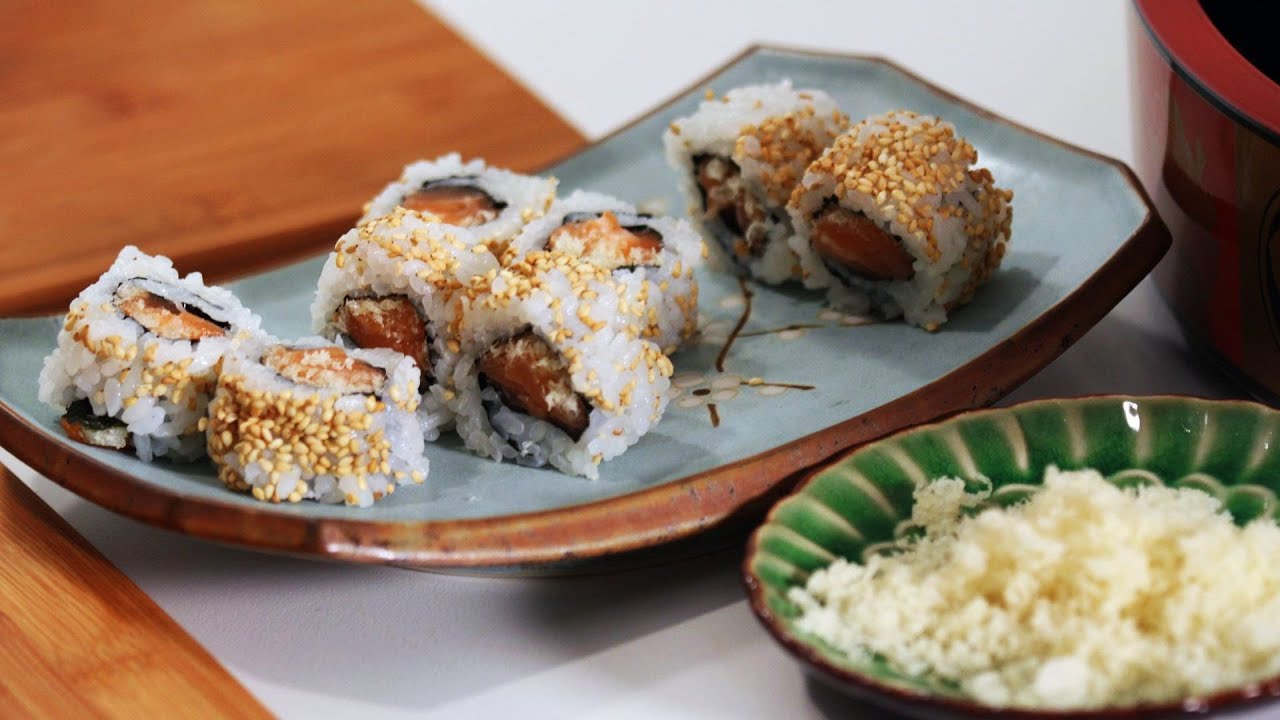Understanding the Holy Trinity in Cooking
When it comes to cooking, there are certain combinations of ingredients that form the foundation of many delicious dishes. One such combination, often referred to as the “holy trinity,” is a key component in various cuisines around the world. Let’s explore what the holy trinity is and how it is used in cooking.
What is the Holy Trinity?
The holy trinity in cooking refers to a specific trio of aromatic vegetables that are used as a base for countless recipes. While the exact ingredients may vary depending on the culinary tradition, the concept remains the same: these three ingredients work together to provide depth of flavor and a solid foundation for a wide range of dishes.
Variations of the Holy Trinity
While the concept of the holy trinity is commonly associated with Cajun and Creole cuisines, similar combinations of aromatic vegetables can be found in other culinary traditions. Let’s take a look at some popular variations:
- Mirepoix: In French cuisine, the holy trinity is known as mirepoix, consisting of onions, carrots, and celery. This combination forms the base for many soups, stews, and sauces.
- Soffritto: Italian cooking features soffritto, a mix of onions, carrots, and celery, often used as a flavor base in pasta sauces, risottos, and braised dishes.
- Suppengrün: German cuisine uses suppengrün, a blend of carrots, leeks, and celeriac, to add depth to soups, stews, and broths.
Utilizing the Holy Trinity in Cooking
So, how exactly is the holy trinity used in cooking? These aromatic vegetables are typically sautéed together in oil or butter at the beginning of a recipe to build flavor. The slow cooking process allows the natural sugars in the vegetables to caramelize, creating a rich and savory base for the dish.
Whether you’re making a classic gumbo with the Cajun holy trinity of onions, bell peppers, and celery, or preparing a hearty bolognese sauce with the Italian soffritto, incorporating these flavor-packed combinations can elevate your culinary creations to new heights.
Experimenting with Flavor Profiles
While traditional combinations of the holy trinity have stood the test of time, don’t be afraid to experiment with different aromatic vegetables to create unique flavor profiles. For example, using leeks, fennel, and carrots in place of the classic mirepoix can add a subtle twist to your dishes, infusing them with a fresh and distinctive taste.
Understanding the role of the holy trinity in cooking opens up a world of possibilities in the kitchen. By mastering the art of building flavor with these foundational ingredients, you can take your culinary skills to the next level and create dishes that are truly unforgettable.
In Conclusion
Whether you’re simmering a pot of soup, preparing a savory sauce, or crafting a comforting stew, the holy trinity in cooking serves as a cornerstone of flavor. By harnessing the power of aromatic vegetables and understanding how they work together to enhance the taste of your dishes, you can embark on a culinary journey that celebrates the art of cooking.
So, the next time you’re in the kitchen, consider the impact of the holy trinity and embrace the opportunity to create culinary masterpieces that are sure to delight your taste buds.
Was this page helpful?
Read Next: What Is A Grater Used For
